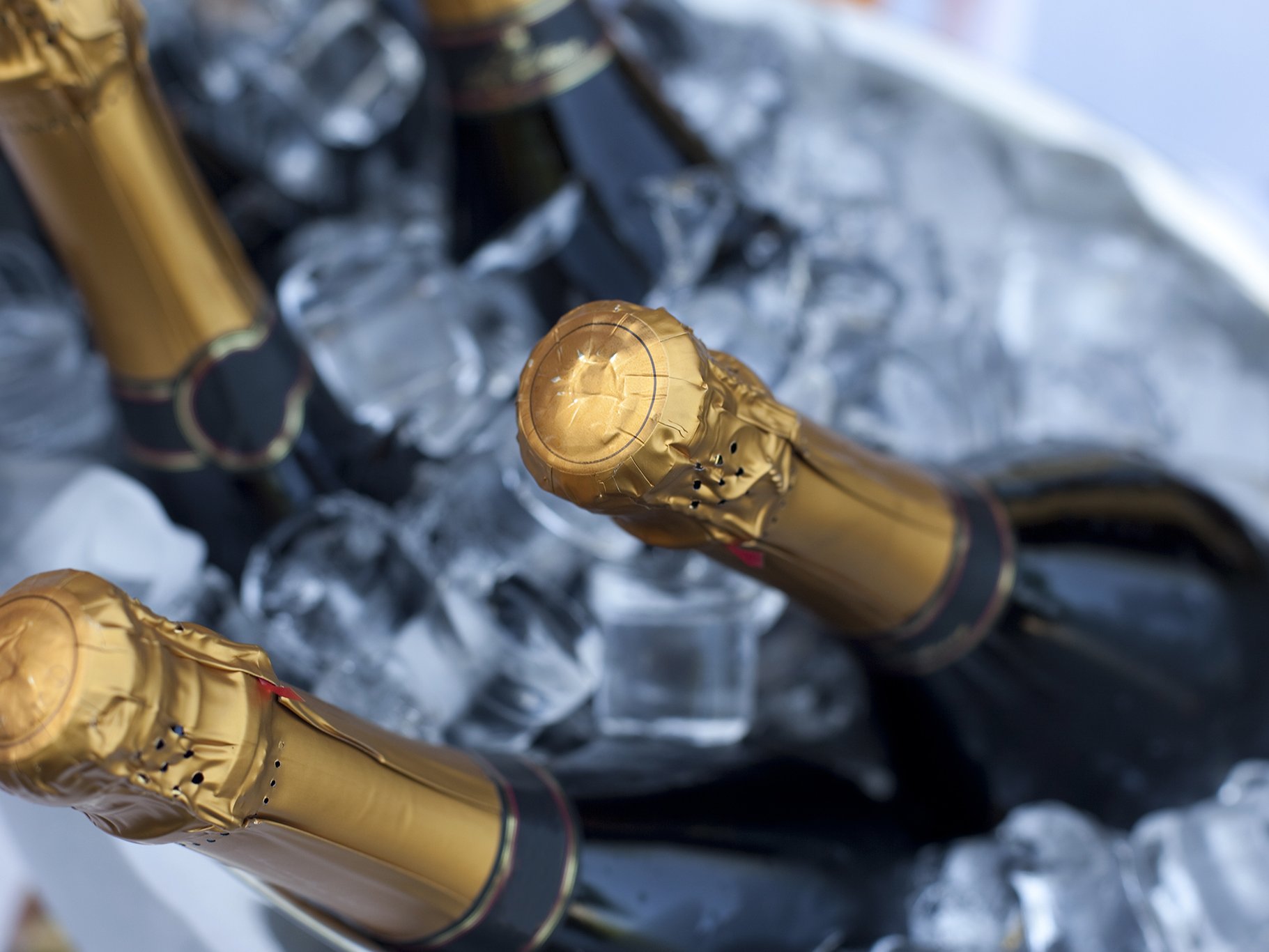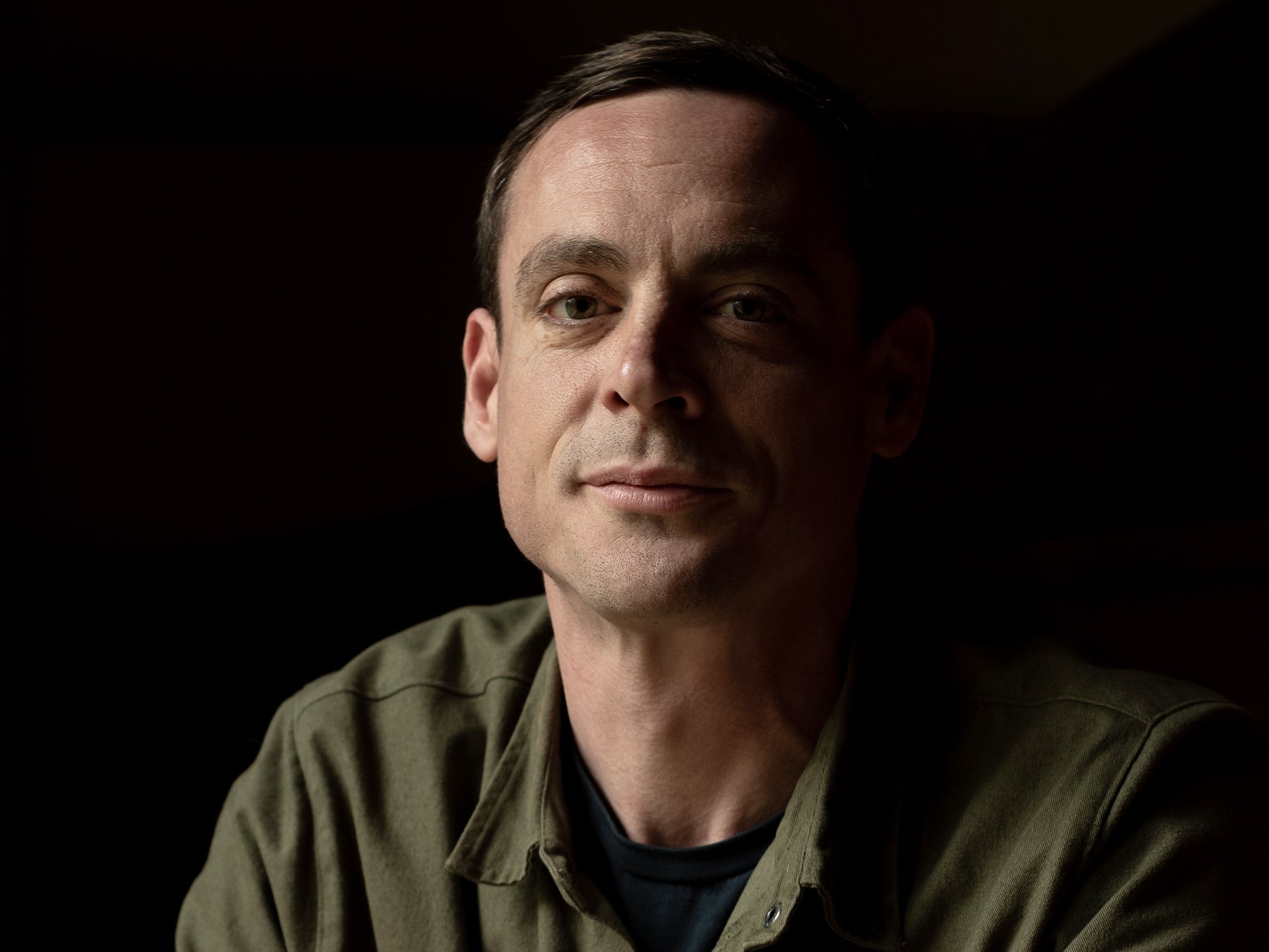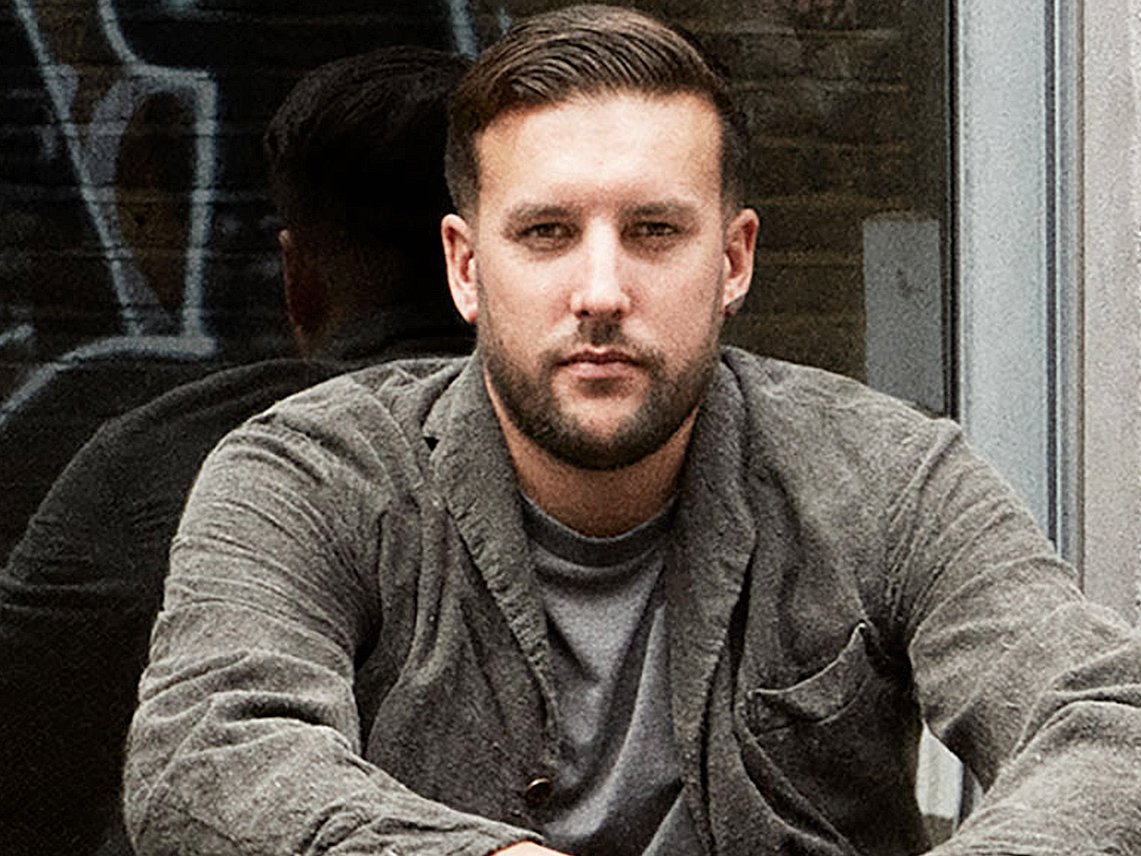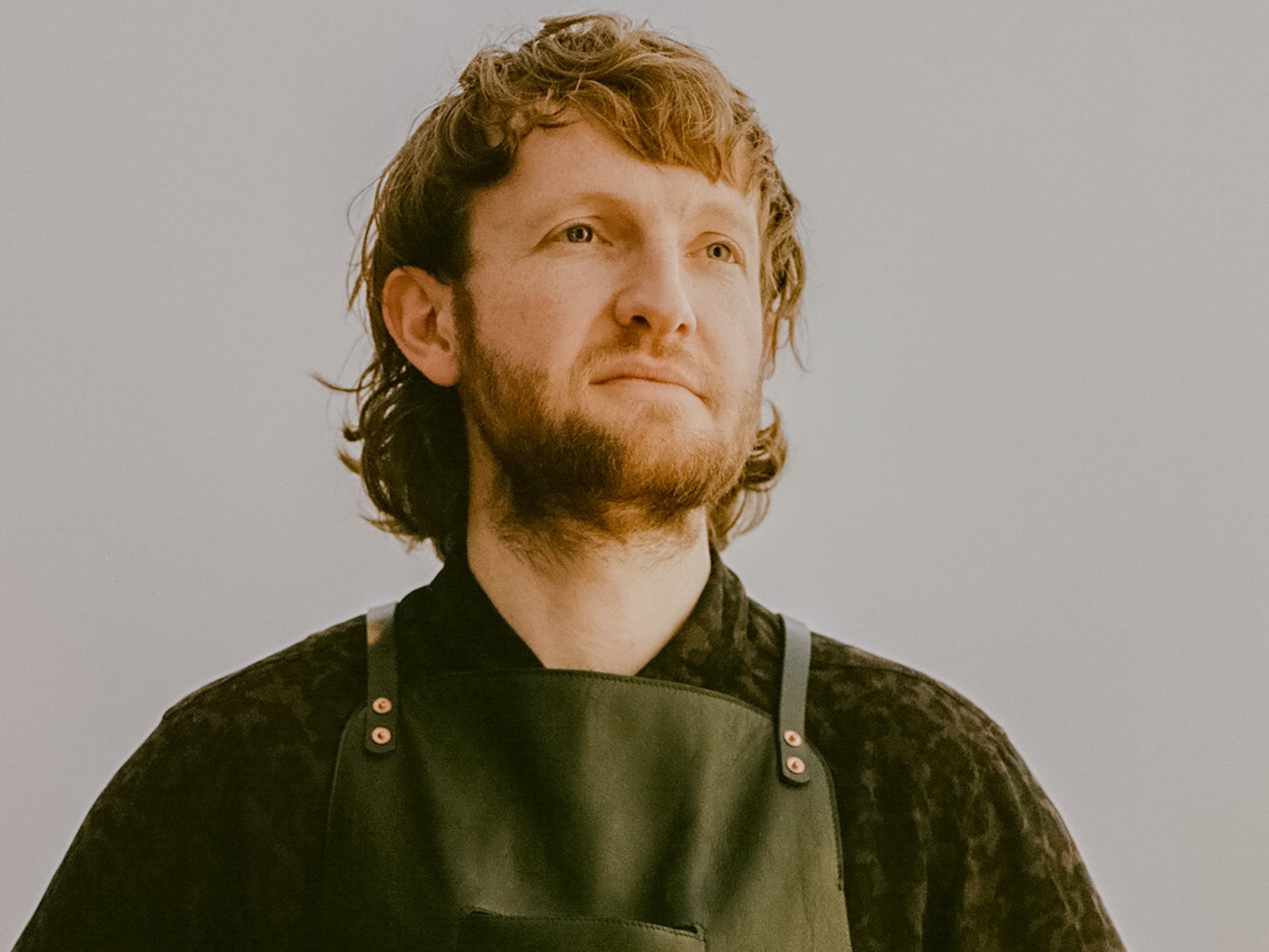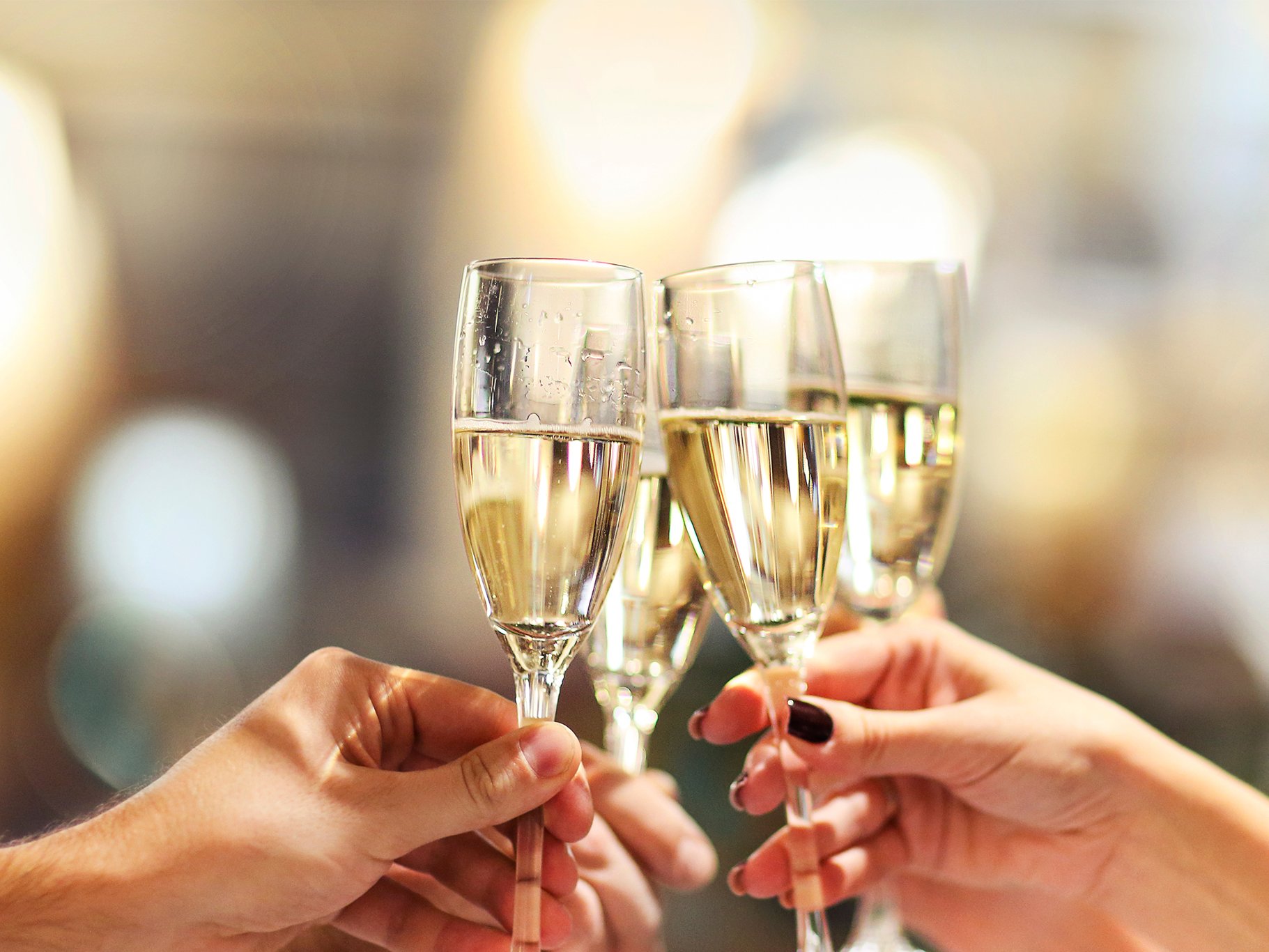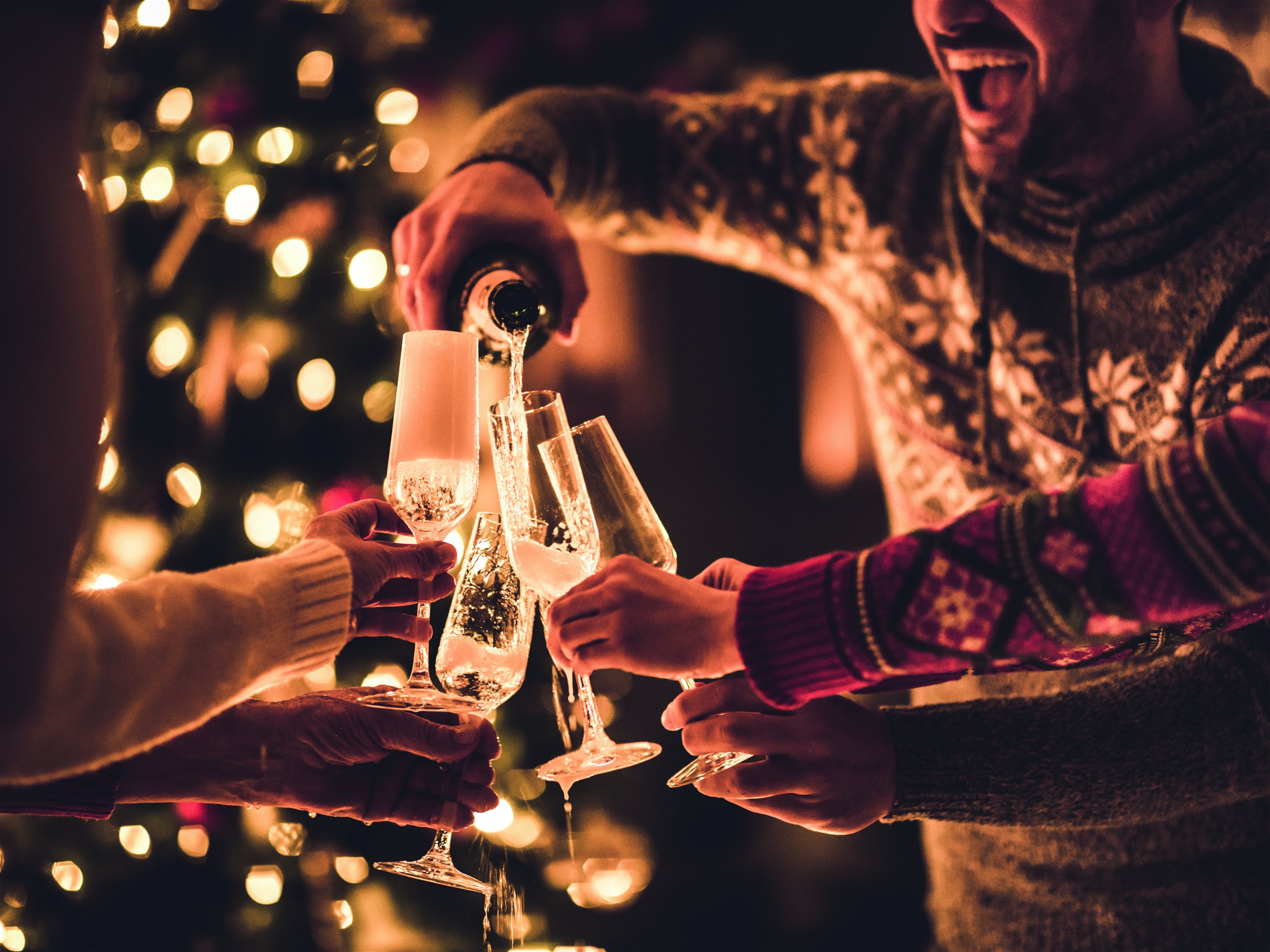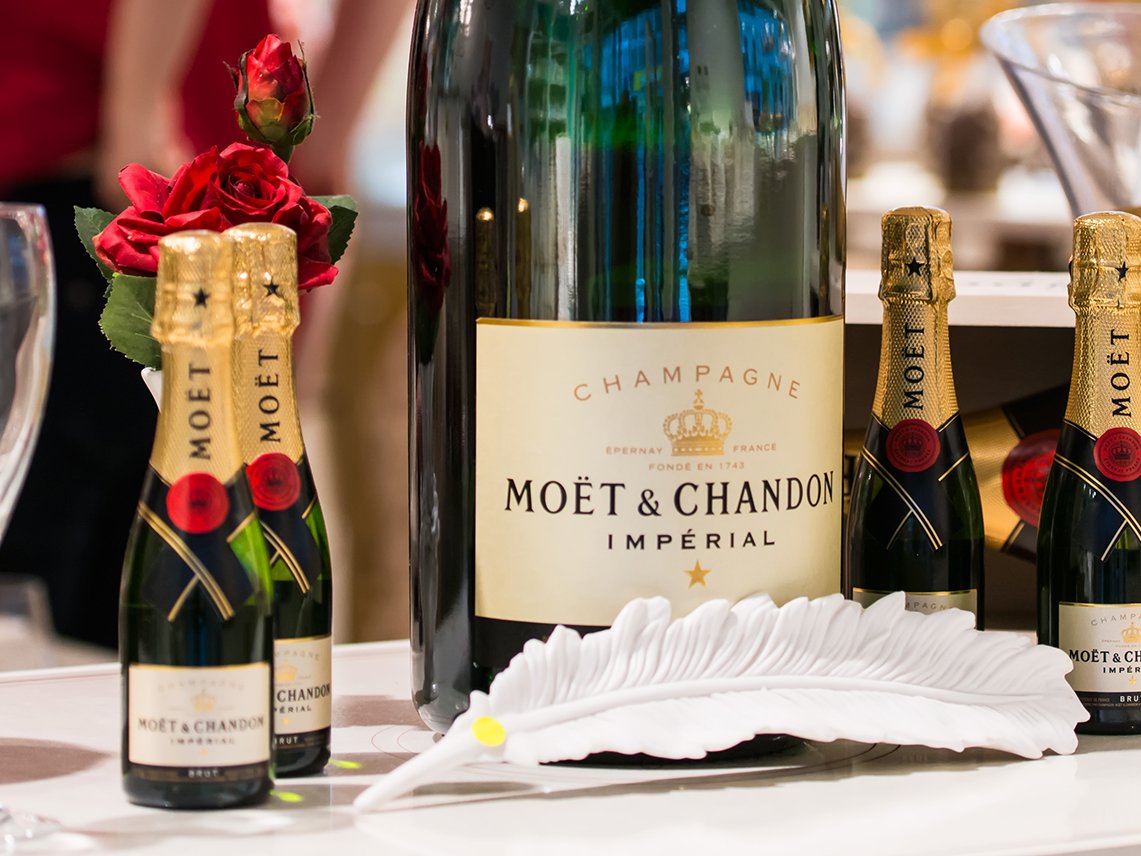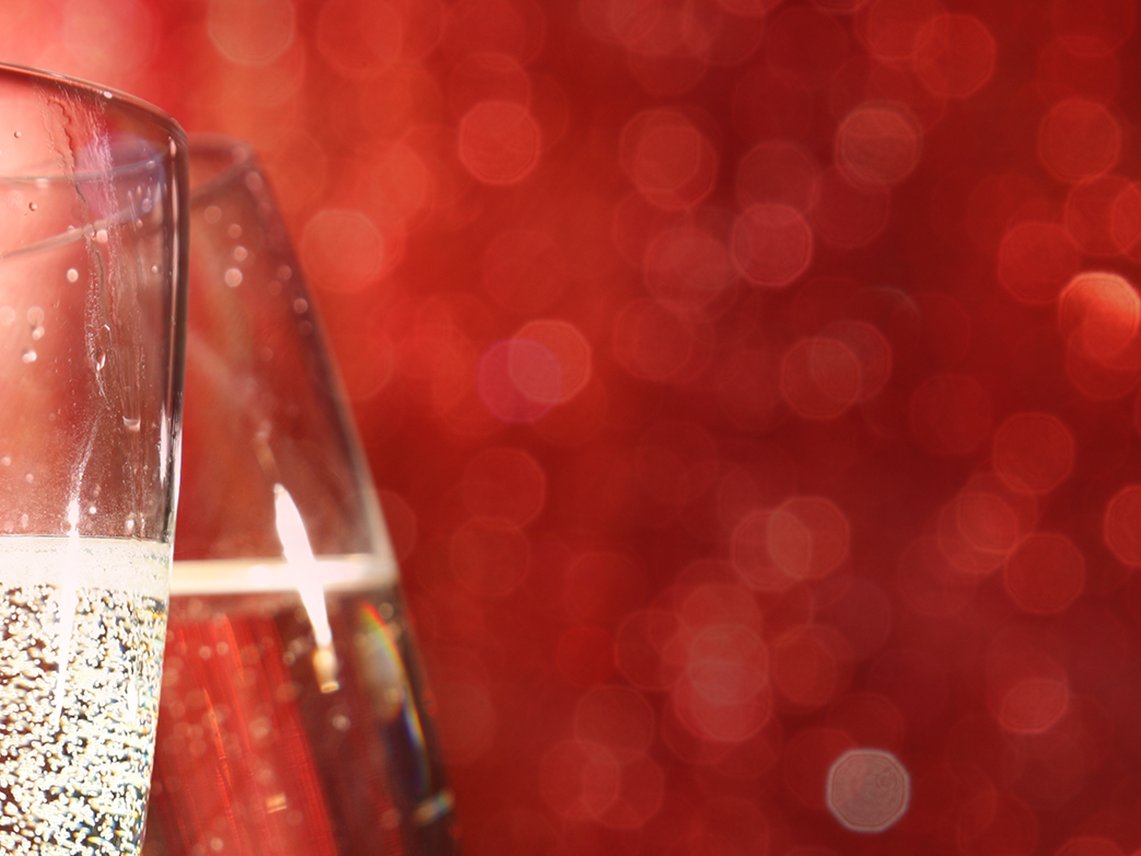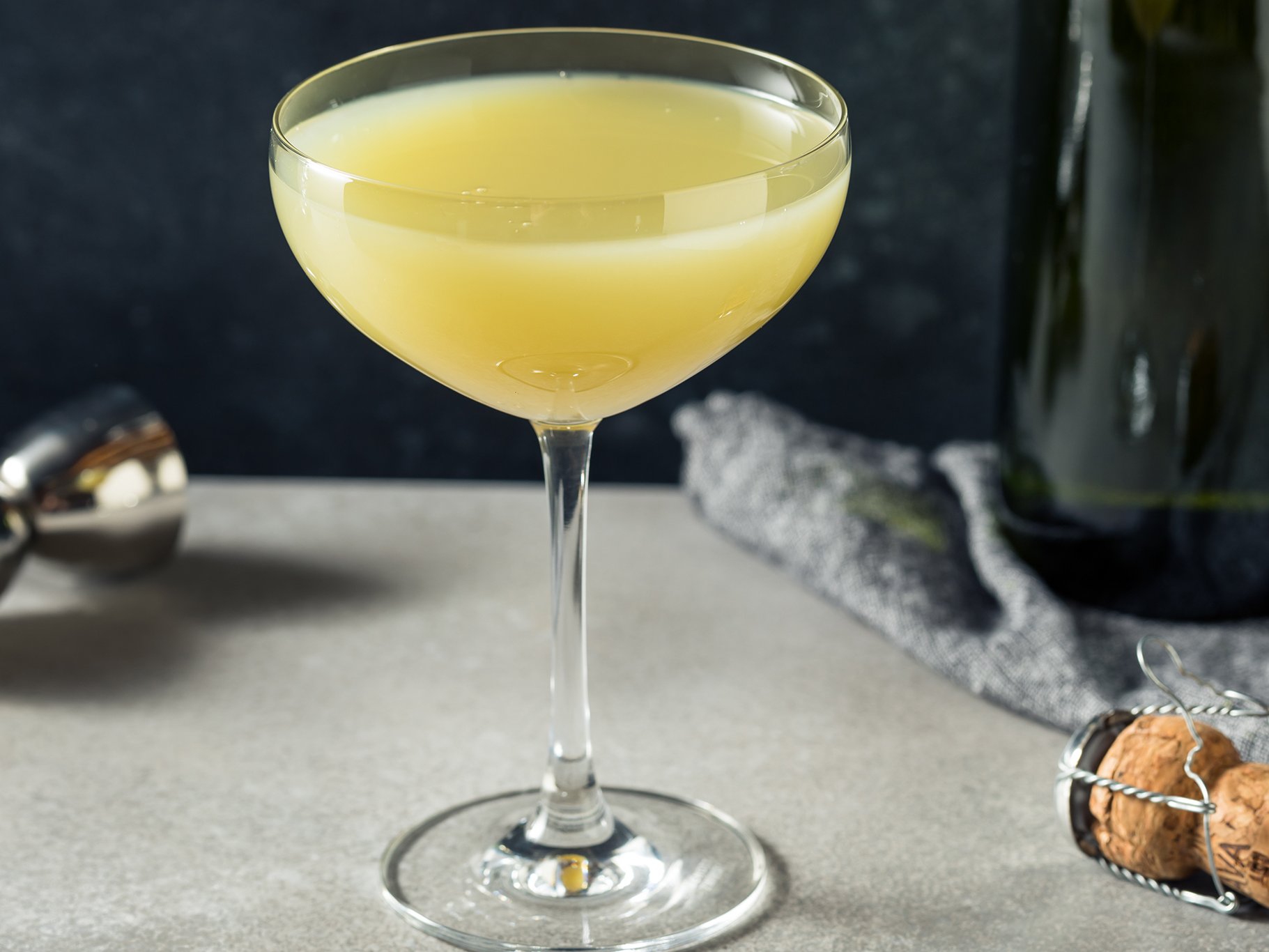Interview: Champagne Telmont´s Ludovic du Plessis talks sustainability
Falstaff spoke to Ludovic du Plessis, CEO of Champagne Telmont, about his career, the future of the luxury drinks sector and the best way to enjoy Champagne.
You may have seen images of Ludovic du Plessis in celebrity magazines sitting next to actress Eva Longoria or musician Pharrell Williams, but more than just another celebrity in a glossy magazine, du Plessis is a force in the luxury drinks sector, with credits managing leading French brands including Dom Pérignon and LOUIS XIII Cognac. However, it is his latest position as CEO of Champagne Telmont that is turning heads; he is pushing the century-old Champagne house into a new era of sustainability, with organic viticulture shaking up the Champagne industry. Falstaff sat down with Ludovic to talk about the future of sustainability in the luxury drinks sector.
Falstaff: How did you get started in the luxury drinks sector?
Ludovic du Plessis: I have always been driven by passion – passion for incredible products that make life greater, be they cigars, spirits, wines … and several times in my career, I have been lucky enough to meet people who gave me the opportunity to make a living out of this passion. At the beginning of my professional life I worked for a few years in the cigar business, then I joined the drinks industry, and I spent 10 years at Dom Pérignon and Moët & Chandon. In 2014 I joined LOUIS XIII Cognac as Global Executive Director and now, since 2020, I am President of Maison Telmont, of which I am also an individual shareholder, alongside the Remy Cointreau group and my friend Leonardo DiCaprio.
Was there a single person who inspired your ambitions to be in the Champagne industry?
Absolutely, and his name is Richard Geoffroy. Twenty years ago – at that time I was working in the cigar industry – I was lucky enough to cross the path of Richard, who was the cellar master of Dom Pérignon for 20 years. What happened is that one day I decided to organise for my top cigar clients the best pairing ever: Cuban cigars with great Champagne. I called Dom Pérignon, and they liked the idea, so they sent me six bottles and the winemaker himself: Richard Geoffroy, the pope of Champagne. When I heard him talk about his wines, I instantly fell in love with this universe – and with the product! Richard has such charisma when he talks about his creations. So, on the spot, I decided to quit my job and do whatever it would take to join Richard. At the time, he was surprised, a bit shocked; he said he had no job for me but I persevered, so three months’ later, I was in charge of Dom for the French market. Meeting Richard changed my life. It was he who inspired me to dedicate my career to the world of luxury wines and spirits, and he has been a kind of mentor for me ever since; inspiring me and pushing me to push back my limits, like he always does. Still the case today.
What does sustainability mean to you?
It means everything. It is everything. What is the value of enjoying great products if our children and grandchildren don’t get to enjoy them in the same way when they grow older? Our generation sits at a crossroads. We have enjoyed excellent living conditions, generally speaking, and a rather healthy planet so far, but this is changing fast. It is our responsibility to do everything we can to curb the current trend. Being more concrete, we believe that the wine is good if the earth is healthy, and that is why we took bold decisions such as moving into organic agriculture, stopping bespoke bottles, which may be beautiful but are extra heavy, stopping transparent bottles, crafting the lightest Champagne bottle ever, banning all gift boxes and all useless packaging, stopping airfreight. Our obsession at Telmont is to make great wines, and reduce our carbon footprint.
What else do you wish to achieve with Champagne Telmont?
We want to produce Champagne of the highest quality in the most sustainable way. In order to achieve this ambition, Telmont is adopting a pioneering strategy, with the obsession to reduce its environmental footprint. This ambition is materialised in our strategic project, “In the Name of Mother Nature”, which encompasses many actions, in many different fields, to adopt more sustainable practices. Since we launched the project nearly two years ago, it has been the cornerstone of our strategy, the compass that guides most of our business decisions and what motivates us every morning. I say we because what we have undertaken here at Telmont, with the “In the Name of Mother Nature” project, is really a team project. We are 17 women and men working hard to innovate, to find new solutions to reduce our environmental footprint without any compromise on the quality of our wines, or on the experience that our customers enjoy when they drink our wine. It is also a lifelong project: we know that we won’t change everything overnight; most of the time, change is slow and incremental, but we really do our best to progress as quickly as possible, and we already have very positive results.
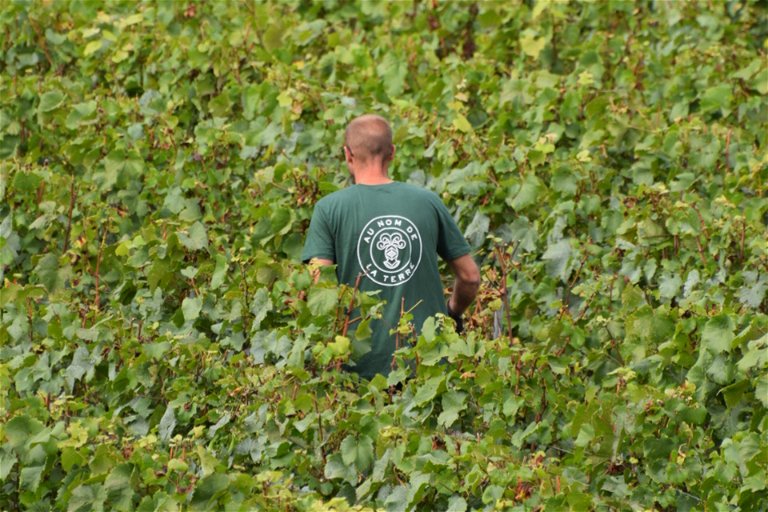
What legacy do you want to leave behind?
My dream is organic viticulture to become the new standard in Champagne, and that the whole industry starts to measure the carbon footprint every year in order to embrace the path of “net positive”, which means dramatically curbing carbon emissions, and sequestering more CO2 that you residually emit. This is the purpose of everything that we do here at Telmont. We do it not for ourselves, not only for the brand and our own track record, but really hoping that our example will inspire others. In my eyes, that would be the most incredible legacy. And the good news is that I already see some other Champagne houses following some of our actions and adopting similar paths. This is the greatest encouragement to push forward with our projects.
What makes Telmont Champagne different from other brands and products?
First, our wines, which have a unique and very recognisable style, with a tension between freshness and maturity. Our wine has delicate bubbles, a great body but not heavy, low dosage, it is ethereal and long-lasting. It has been awarded the Top 5 Champagnes by The Times, Gold Medal by Decanter, Champagne Master by the Drinks Business, and also won the Drinks Business Sustainability Award. The second thing that sets us apart is our pioneering approach to sustainability, the radical, 360-degree way in which we made it our priority. We sometimes have to make decisions based on our beliefs that we know could impact our business, like we did when we stopped using gift boxes: we knew it could hurt our business, but we needed to do it to achieve our sustainability objectives, so we did it, and we spent a lot of time explaining why we could not do otherwise. And in the end, not only did it not hurt our business, but it was recognised and hailed in the industry as a visionary decision; Telmont even received the Gold Medal for 'Design & Packaging' in the last Global Wine Masters awards. Which proves that, yes, no packaging is the best packaging.

What achievements and inroads have you made with Telmont and what do you see happening in the next few years?
I will focus on a few, concrete examples. Firstly, 83 per cent of our estate is already either certified organic or in conversion, and we aim 100 per cent by 2025. This is a very demanding choice, which has a real cost in terms of the volume of grapes that we are able to produce in our vineyards, as the climate and soil of Champagne are difficult for winegrowing – which explains why only eight per cent of Champagne soils are cultivated organically. But it is indispensable for what we want to achieve. The second example of our achievements: we completely stopped using air freight to ship our wines, including to America or Asia; we ship them by boat instead. This makes logistics a bit more complex because wines spend a few weeks at sea, and we have to anticipate more, but these wines have spent years ageing in our caves, so what are a few more weeks? Nothing we can’t manage, and the impact on CO2 emissions is huge. Third example: we have significantly progressed in the reduction of the carbon footprint of our bottles, which represents about 24 per cent of Telmont’s total emissions. First, we stopped using bespoke bottles, which are more aesthetic but heavier than standard Champagne bottles; and more glass means higher carbon emissions. We also stopped using transparent bottles, which contain zero per cent of recycled glass. Instead, we only use green glass, which contains 87 per cent of recycled glass; this also goes a long way to reduce the carbon content of each bottle. And now, we are working with our partner Verallia, the French glassmaker, to reduce the weight of our bottles, down from the standard 835 to 800 grams. This is extremely complex and technical because Champagne bottles need to withstand the very high pressure of gas created during fermentation – twice the pressure inside the tyre of a car. But the prize is huge: imagine if all Champagne bottles weighed 35 grams less. The savings in terms of carbon emissions would be massive.

What is the best way to enjoy Telmont Champagne in your eyes?
I would definitely recommend pairing our wines with the creations of the Green Star Chefs that also act “In the Name of Mother Nature”: the pastry chef Claire Heitzler, Florent Pietravalle, who prepares marvellous sea products – all sustainably fished or collected –, Josselin Marie at La Table de Colette, who measures the carbon footprint of everything you have on your plate. But maybe the best way to enjoy our wines is just as you are, where you want and with those that you love. Naturally…



